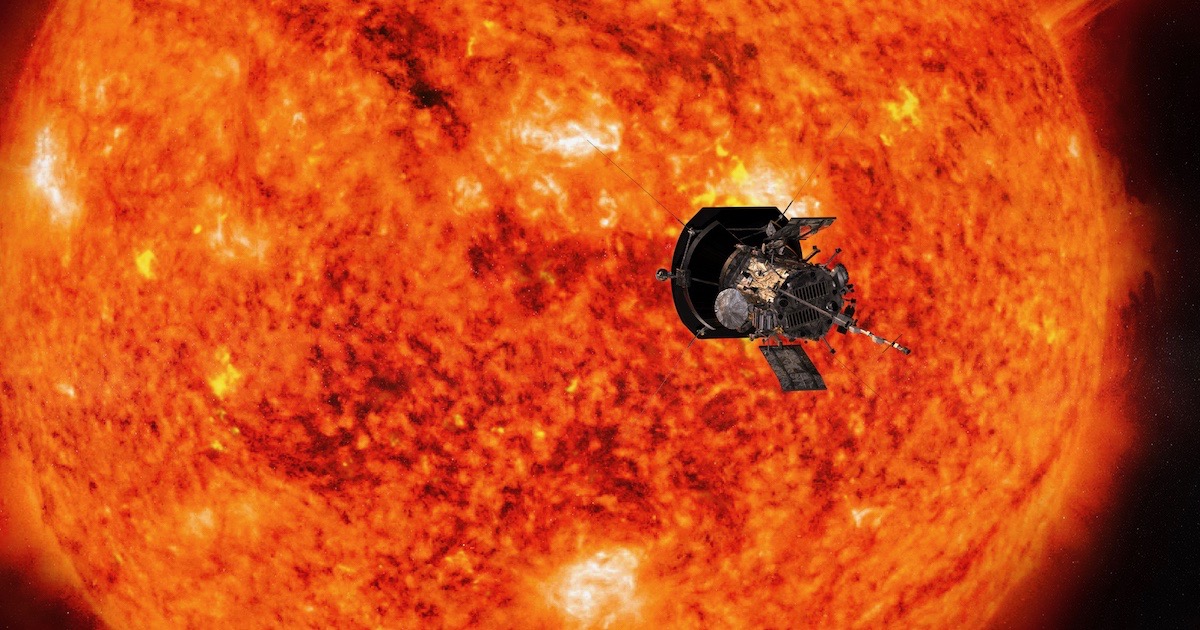 Intelligent Design
Intelligent Design
 Physics, Earth & Space
Physics, Earth & Space
Parker Solar Probe Sweeps Past Venus, as Denton Renews Our Wonder About the Sun


Michael Denton, Discovery Institute biologist and author of the newly released Children of Light, reflects on the journey of the Parker Solar Probe. Launched on August 12, the NASA space vehicle today looped past Venus, gathering momentum for entry into the atmosphere of the Sun. NASA reports, “These gravity assists will help the spacecraft tighten its orbit closer and closer to the Sun over the course of the mission.”
Our relationship to this most familiar star is something that, as light-dependent aerobes, we often blithely take for granted. The ancients were more perspicacious, as Sun-aligned monuments like Stonehenge confirm. Writing at CNS News, Denton summarizes the “miracles of fortuity” — the amazing good fortune, or could it be intelligent design? — reflected in our enjoying the set of near-countless precisely tuned parameters that allow for “light eating” intelligent beings like ourselves on a planet such as Earth.
The Secrets of the Sun
Denton asks:
What if our atmosphere absorbed a slightly different region of the electro-magnetic spectrum? For example, imagine it shifted ever so slightly from its current position so that the atmosphere absorbed all the visual light and all the infrared and let through instead the adjacent ultraviolet. Then not only would photosynthesis be impossible, but the world would have suffered a runaway greenhouse effect. It would be a hot hell-house like Venus because our air would absorb all the sun’s infrared radiance.
In such a scenario, no carbon-based life could survive on the Earth’s surface, and certainly no air-breathing aerobes like ourselves.
Or, if we imagine it shifted slightly the other way, then all the visual light would still be absorbed by the atmosphere, again making life for air-breathing aerobes like ourselves impossible.
That the slice of the electromagnetic radiation emitted by the sun and the slice allowed through the atmosphere should both be largely restricted to the same tiny useful regions is an extraordinary example of a special fitness in nature for our type of aerobic life on a planetary surface. The fit is truly stunning.
Notice too that our atmosphere not only allows for life. It also allows us to see and study the stars, a privilege crucial to the birth of science.
Read the rest here. Denton’s new book, Children of Light: The Astonishing Properties of Sunlight that Make Us Possible, is well timed, as the Parker craft gets ready to explore the secrets of the Sun close up. Denton’s work continues the Privileged Species series from Discovery Institute Press. It’s an opportunity to renew your wonder, guided by an expert scientist with the heart of a most humane philosopher.
Editor’s note: This post was updated on October 8, 2018.
Image credit: NASA/Johns Hopkins APL/Steve Gribben, via NASA.
